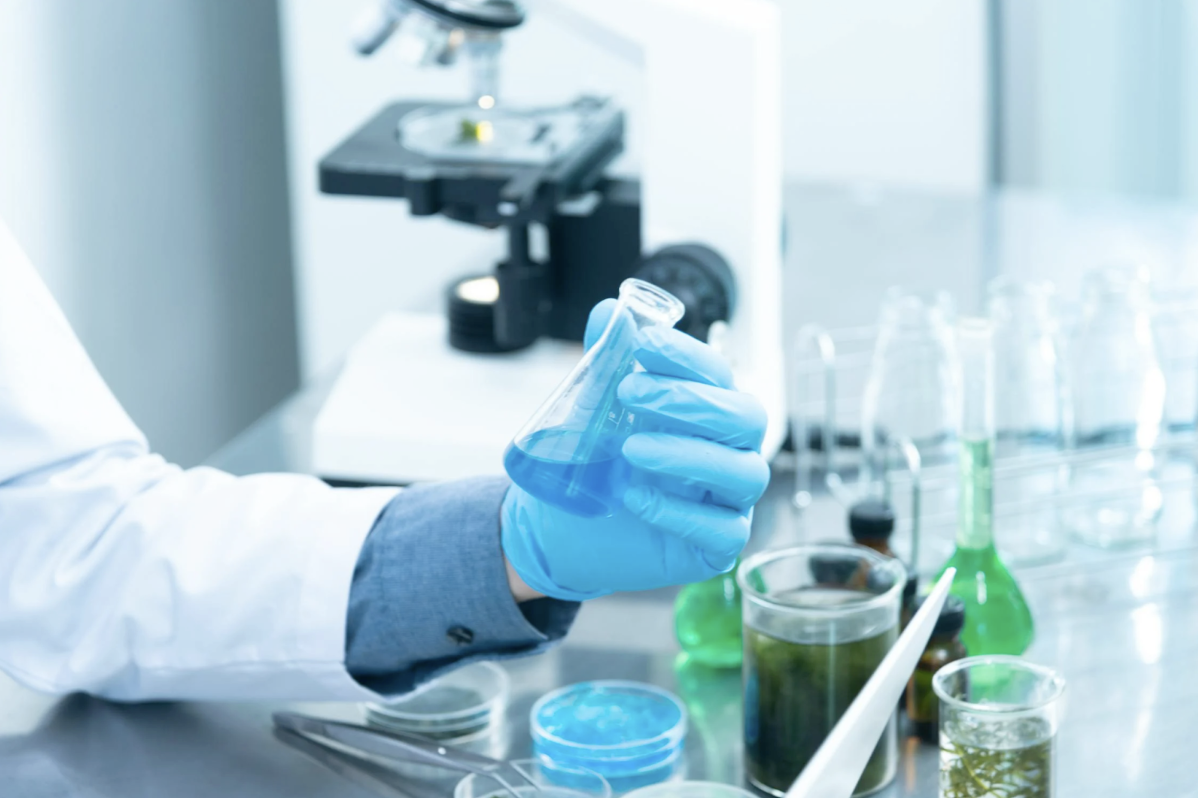
Science is all about discovery, and to make that happen, you need the right tools. Whether you’re working in a school, a research facility, or even a home lab, having the proper setup is key. This article dives into everything you need to know about equipping a science space, from the must-have items to the little things that keep experiments running smoothly. Let’s start with the basics: lab materials.
When we talk about lab materials, we mean all the equipment and supplies that make a lab function effectively. These are the tools, supplies, and equipment that help scientists, students, and hobbyists explore the world through experiments. It’s not just about fancy machines - though those can be part of it - it’s about having what you need to measure, mix, observe, and record. Think of it like a kitchen for science. You need pots, pans, and spoons, but for a lab, it’s beakers, pipettes, and microscopes.
Every science space is different, but the core idea stays the same. You’re building a place where questions turn into answers, and that starts with getting the right equipment. Let’s break it down step by step, looking at the essentials, the everyday tools, and even the safety gear you can’t do without.
Basic lab equipment consists of items that you’ll find in almost every lab. They’re the foundation of any experiment, and knowing them is like learning the alphabet before you write a story:
These tools aren’t just random gadgets - they’re the backbone of hands-on science. Whether you’re a beginner or a pro, mastering basic lab equipment means you can tackle almost any project. They’re simple to use once you get the hang of them. And they open the door to endless possibilities.
Not every lab is the same, and that’s where the laboratory setting comes into play. The tools you need depend on what you’re studying and where you’re working. A chemistry lab looks different from a biology lab. And a school lab isn’t the same as a high-tech research facility. Let’s explore how the setting shapes the equipment.
In a chemistry lab, you’ll see a lot of glassware - think flasks, beakers, and condensers. These spaces are built for mixing chemicals, heating solutions, and watching reactions unfold. You might also find precision scales for weighing exact amounts of powders or liquids. The focus here is on accuracy and control.
Switch to a biology lab, and the lab essentials change. Microscopes take center stage because you’re often looking at living things like cells or tissues. You’ll also spot petri dishes for growing bacteria and incubators to keep samples at the right temperature. It’s less about boiling chemicals and more about observing life.
Then there’s the physics lab, where things get a bit more mechanical. You might see rulers, timers, and circuits instead of beakers. The tools here measure motion, electricity, or light - stuff you can’t always see with your eyes.
Even a home lab has its own requirements. For hobbyists growing crystals or testing soil, expensive specialized equipment isn't necessary. However, you’ll still want basics like a thermometer or a magnifying glass. The laboratory setting decides what’s essential.
Beyond the big tools, there’s a whole world of lab supplies & consumables. These are the things you’ll go through quickly - items that get used up and replaced. They might not sound glamorous, but they’re just as important as the shiny equipment.
Here’s a quick list of some common ones:
Maintaining adequate inventory of lab supplies and consumables is essential. Running out during an experiment can compromise your results, similar to discovering a missing key ingredient midway through a recipe.
Safety comes first in any lab, and that’s where laboratory safety supplies shine. Experiments can be exciting, but they can also be risky. The right gear protects you, your team, and even your work. Here’s what you shouldn’t skip:
Don’t forget about ventilation too. Fume hoods or masks might be needed if you’re working with strong smells or dust. Laboratory safety supplies aren’t optional. They’re the difference between a good day in the lab and a trip to the hospital. Build a habit of checking your safety gear before you start, and you’ll thank yourself later.
Now that you know what you need, where do you get it? Finding basic laboratory equipment doesn’t have to be a headache. There are plenty of options, whether you’re on a budget or ready to splurge. Let’s look at the best places to shop:
When you’re buying lab essentials, think about what you’ll use most. Start with the basics - beakers, pipettes, gloves - and build from there. Quality matters, especially for tools you’ll use a lot, but don’t overspend on fancy stuff if you’re just starting out. Check warranties or return policies too, in case something arrives broken.
Setting up a science space is about more than just buying stuff. It’s about creating a place where ideas come to life. From lab materials to basic lab equipment, every piece plays a role. The laboratory setting you’re in shapes what you need, while lab supplies & consumables keep the work flowing. Never compromise on laboratory safety supplies, as personnel safety is equally important as experimental results. And when it’s time to shop, knowing where to find basic laboratory equipment makes the process smooth and stress-free.
Whether you’re mixing chemicals, growing cultures, or measuring light, the right lab essentials turn curiosity into breakthroughs. Start small if you need to, but don’t be afraid to dream big. Science is a journey, and with the right tools, you’re ready to take the first step. With proper safety equipment and well-stocked supplies, you're ready to begin your scientific investigations and discoveries!